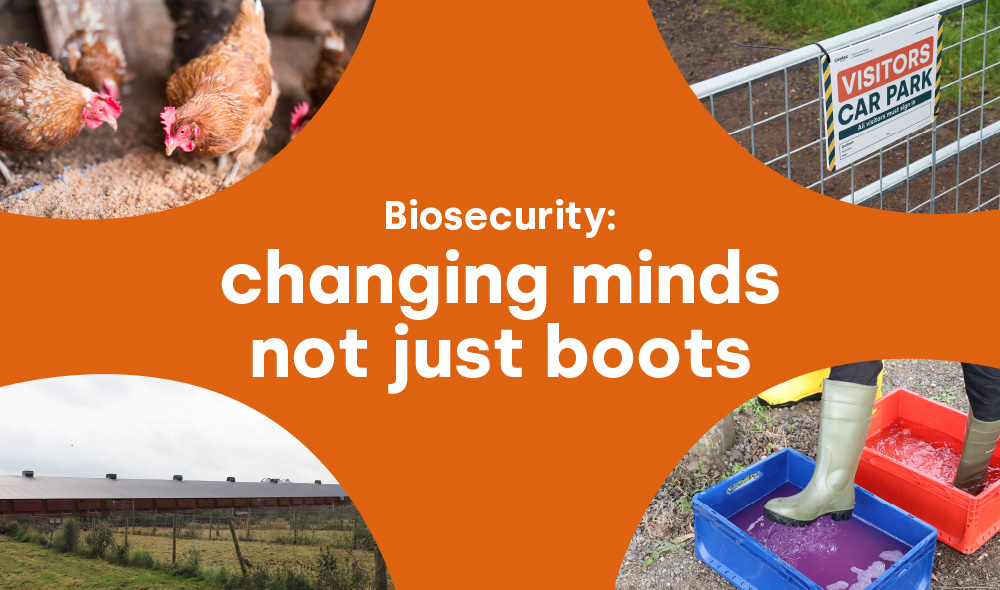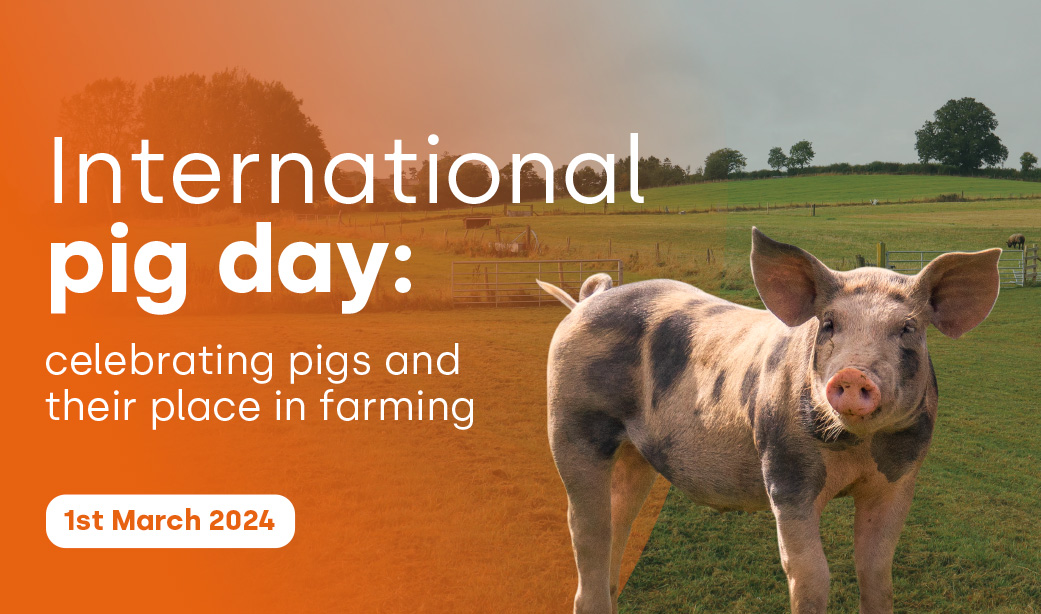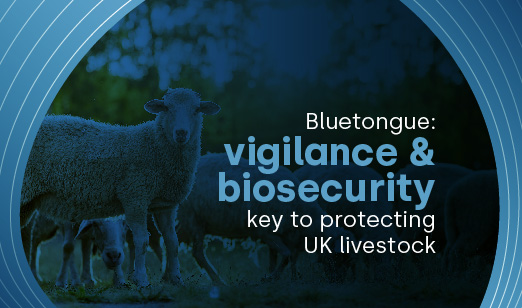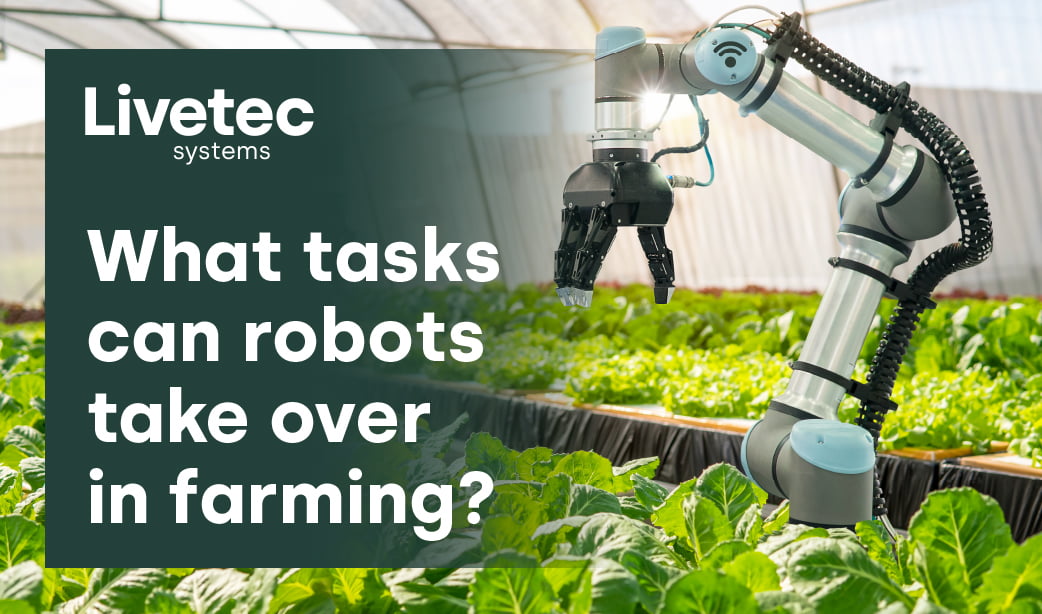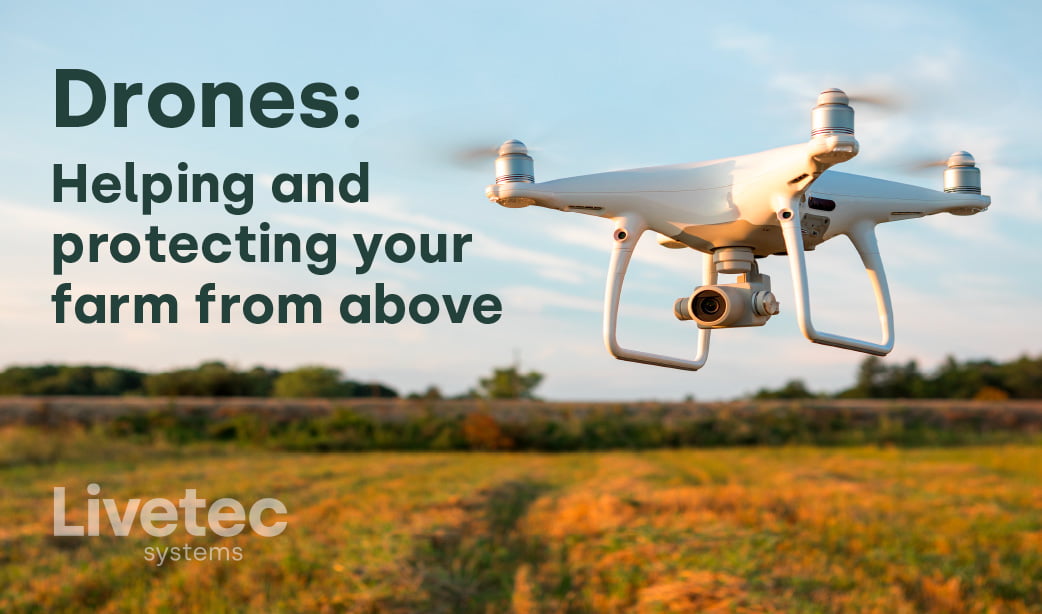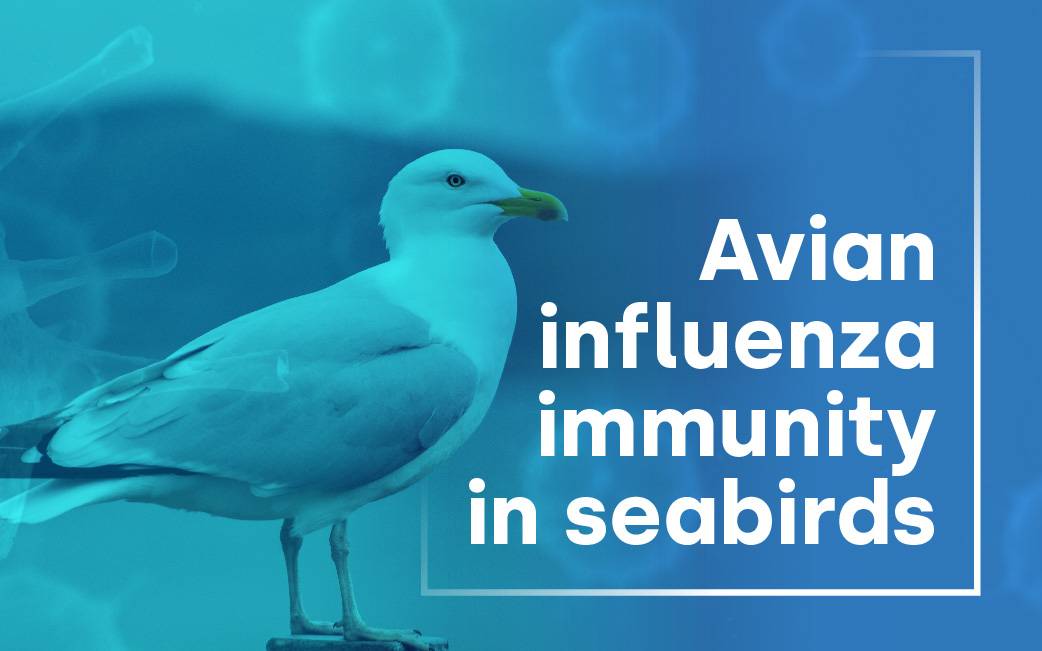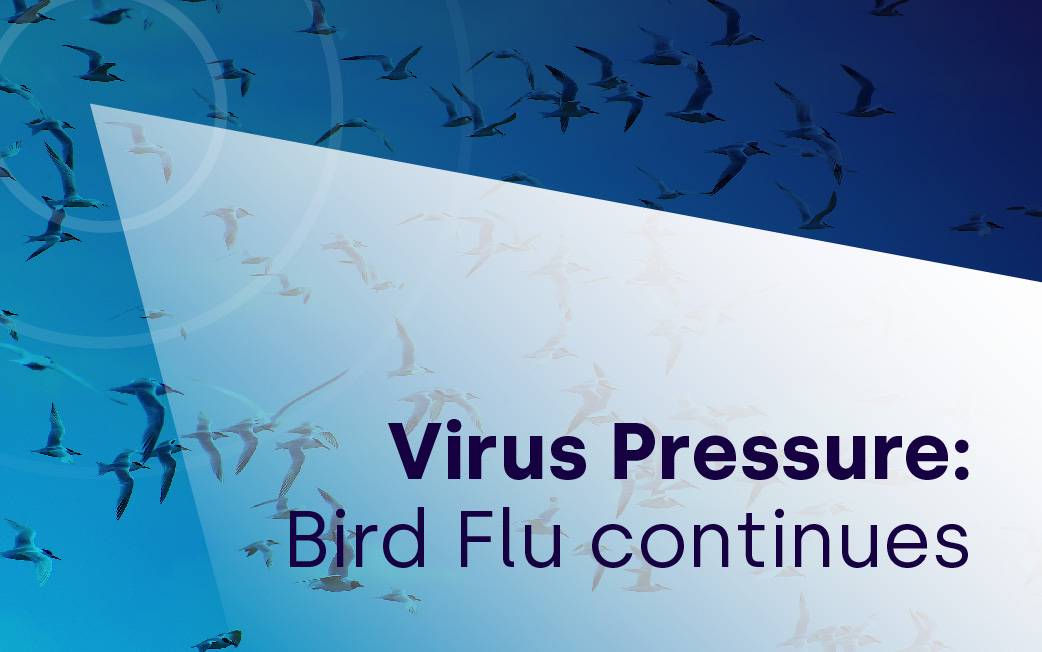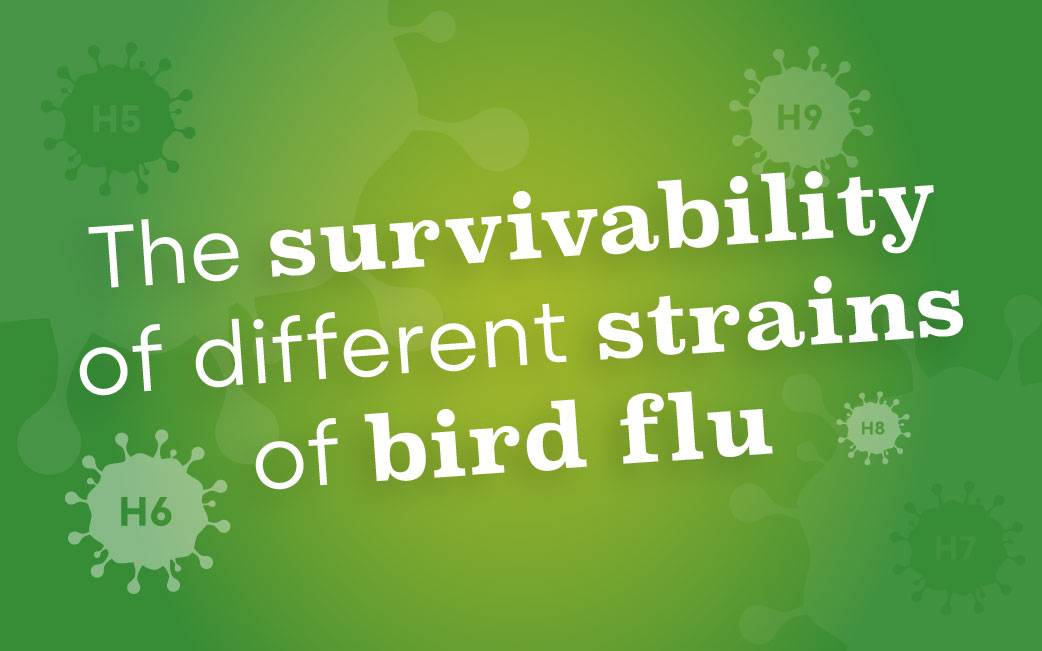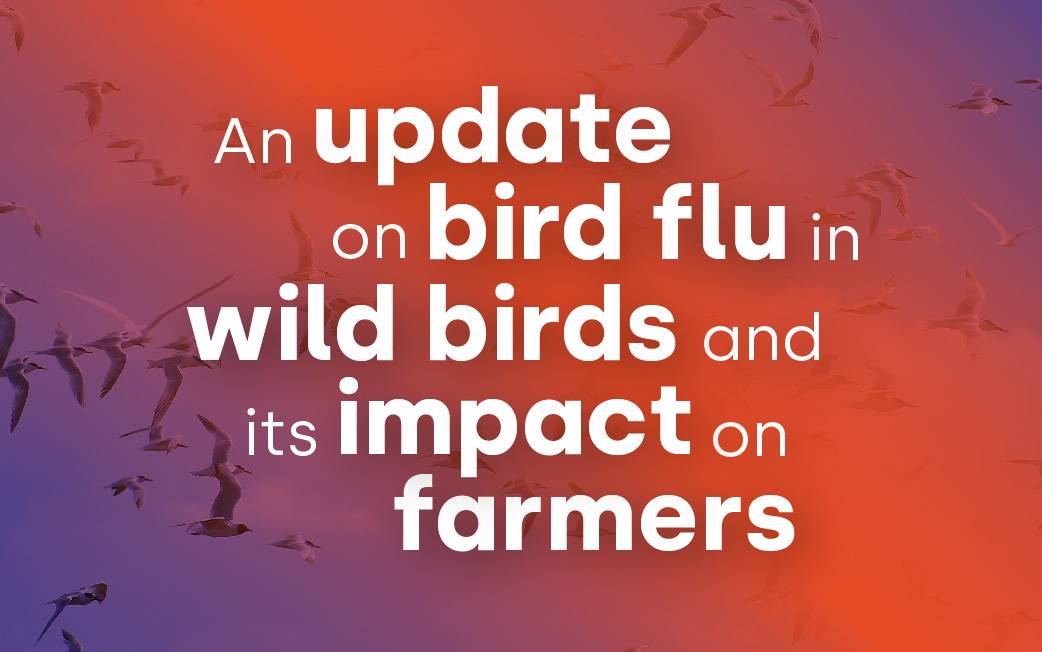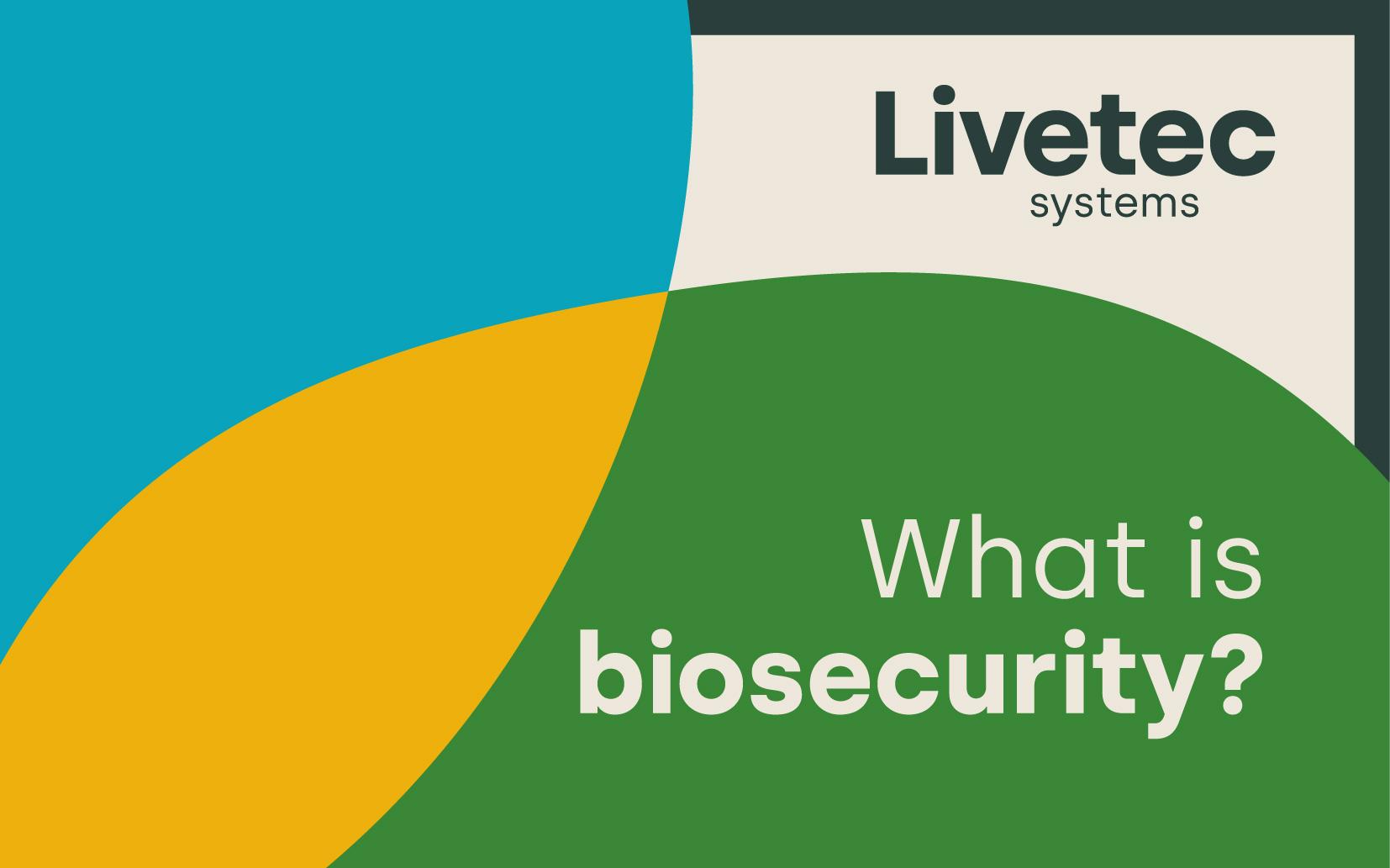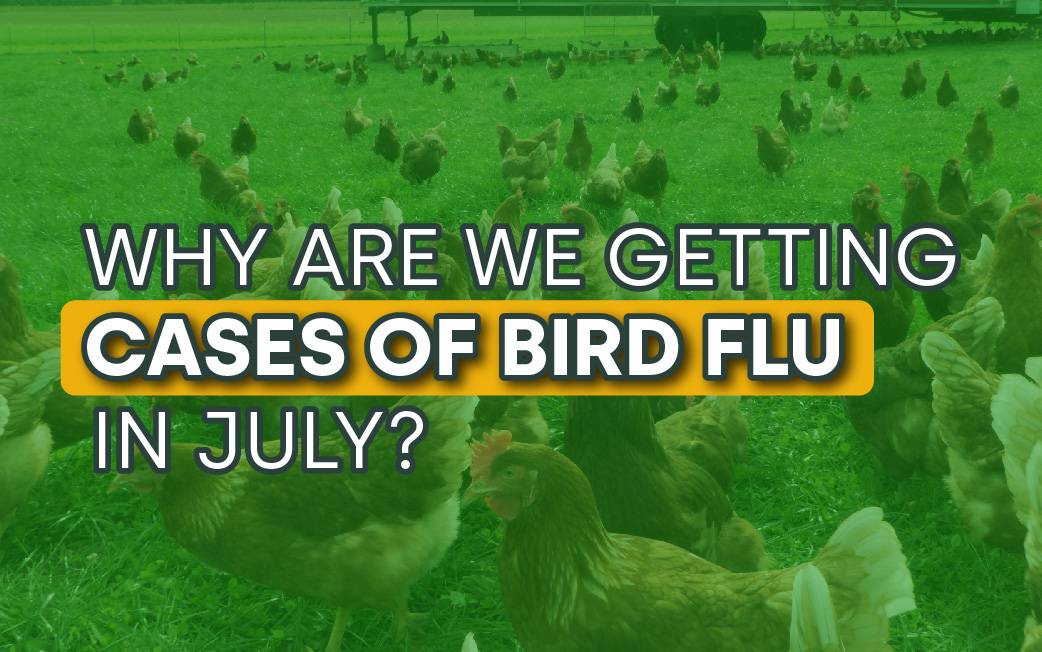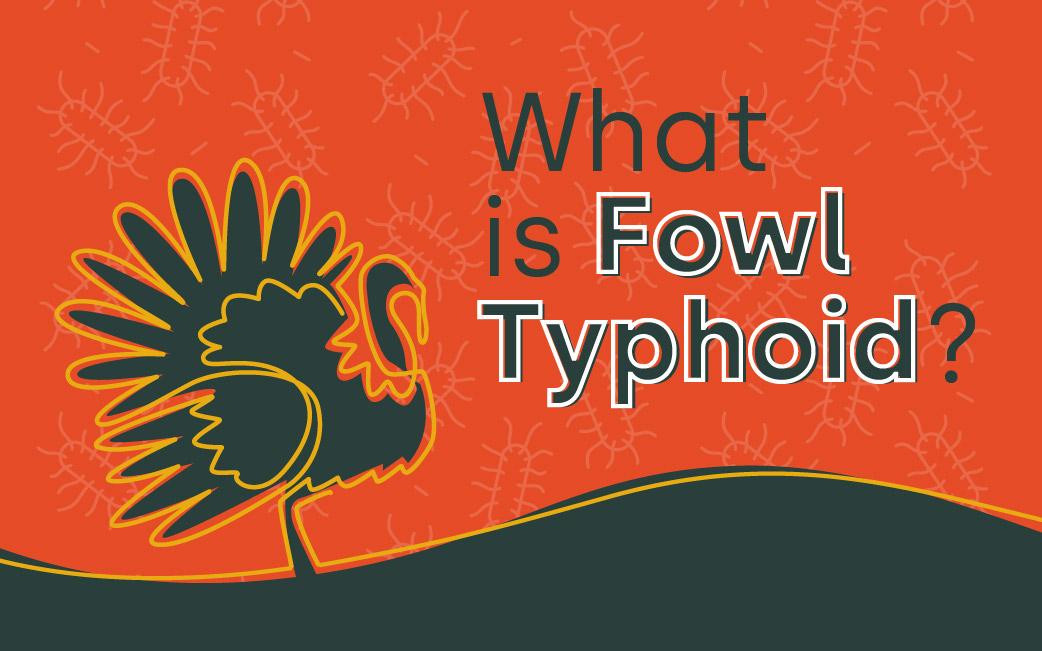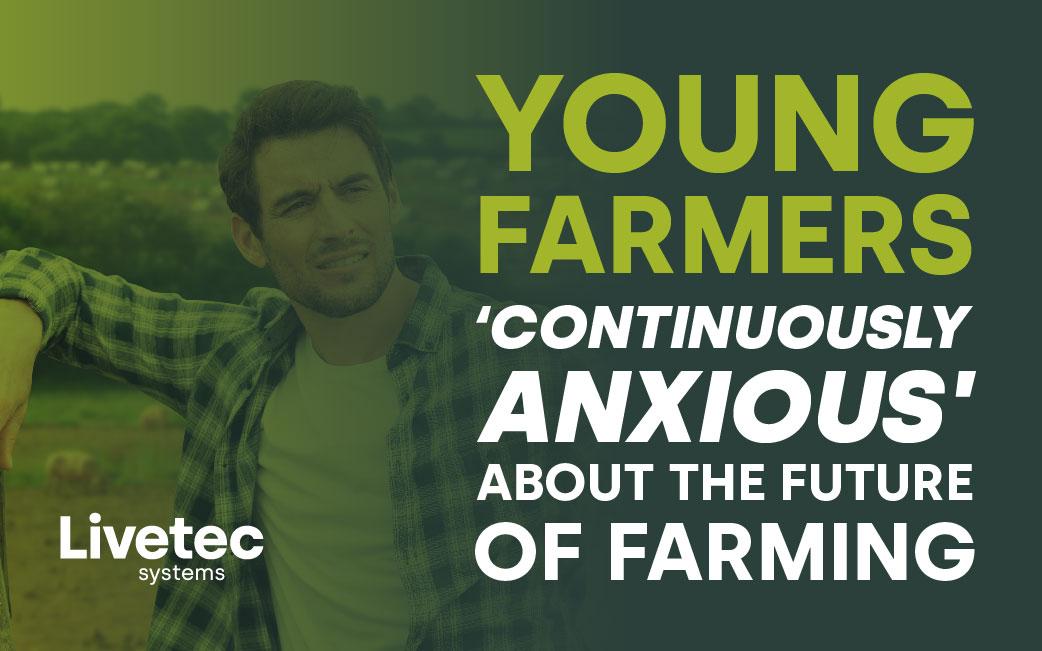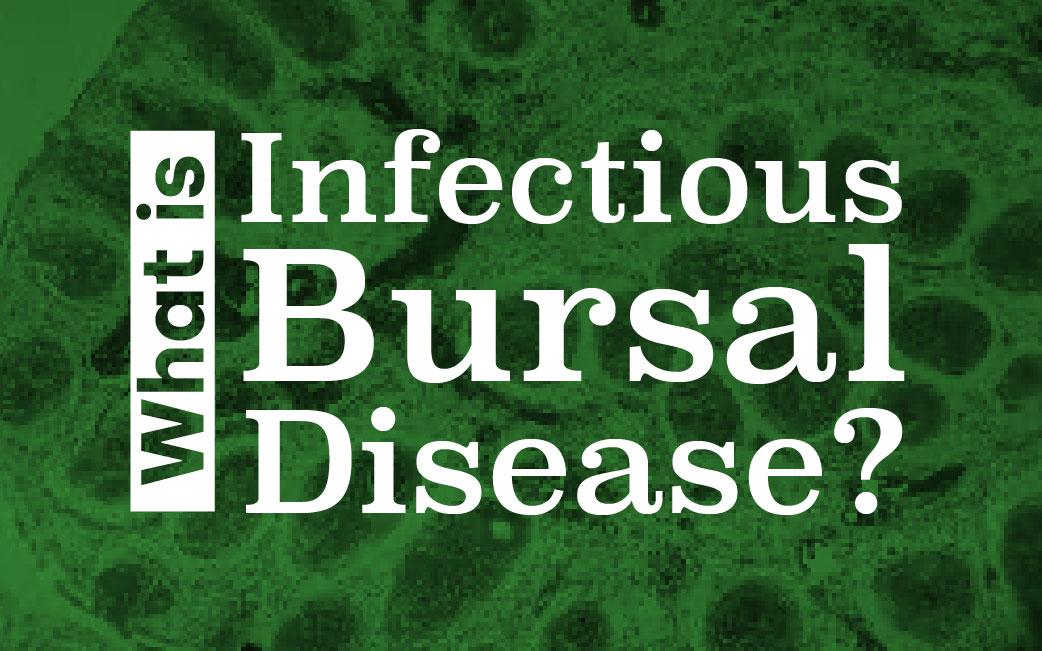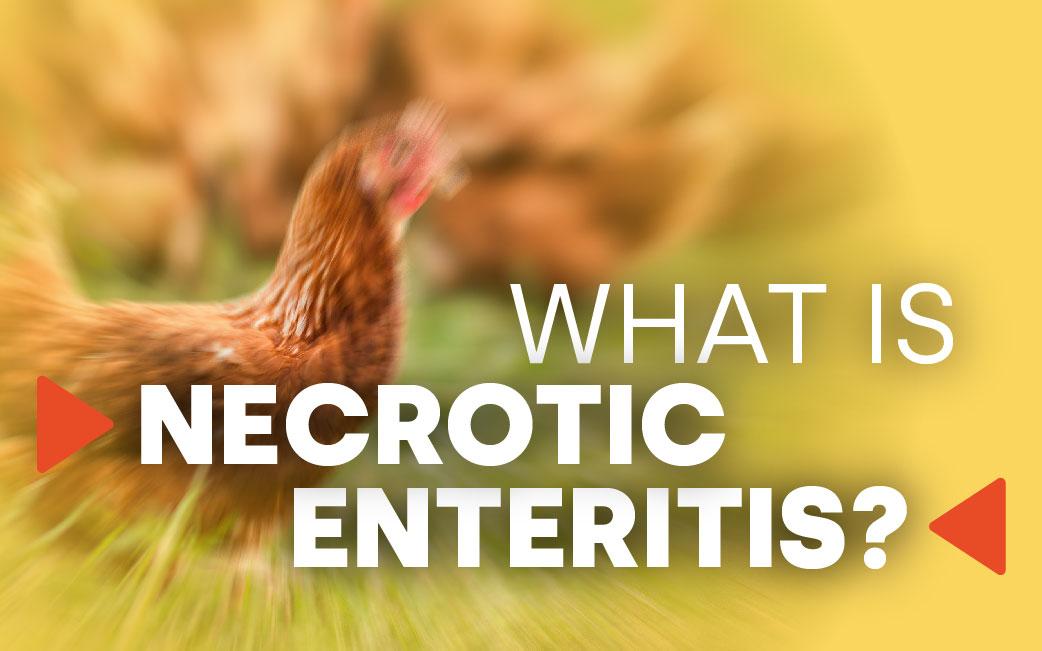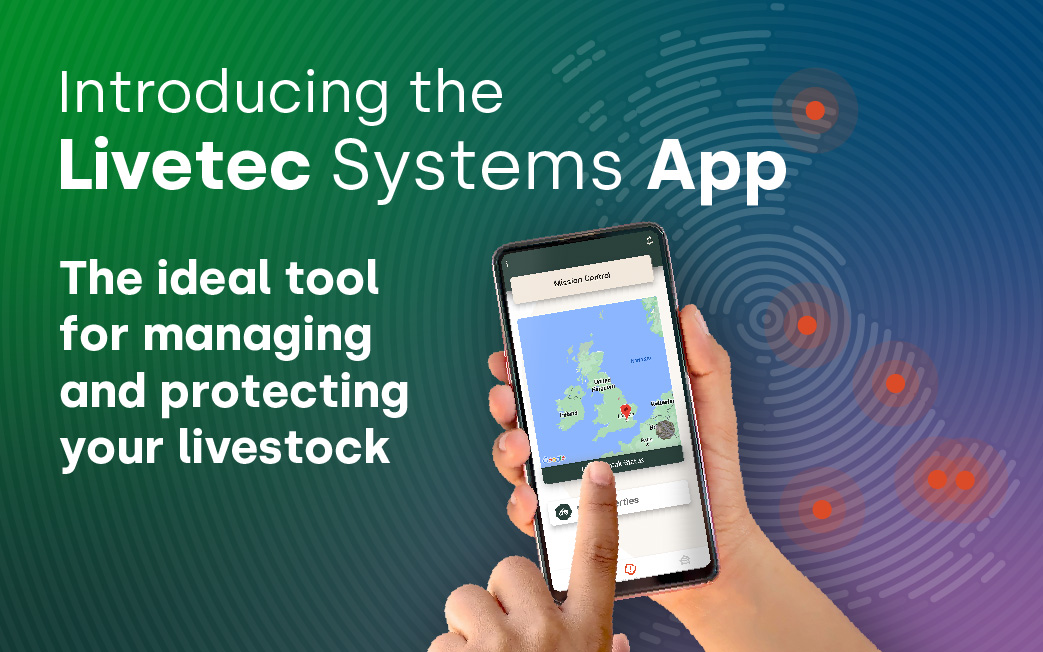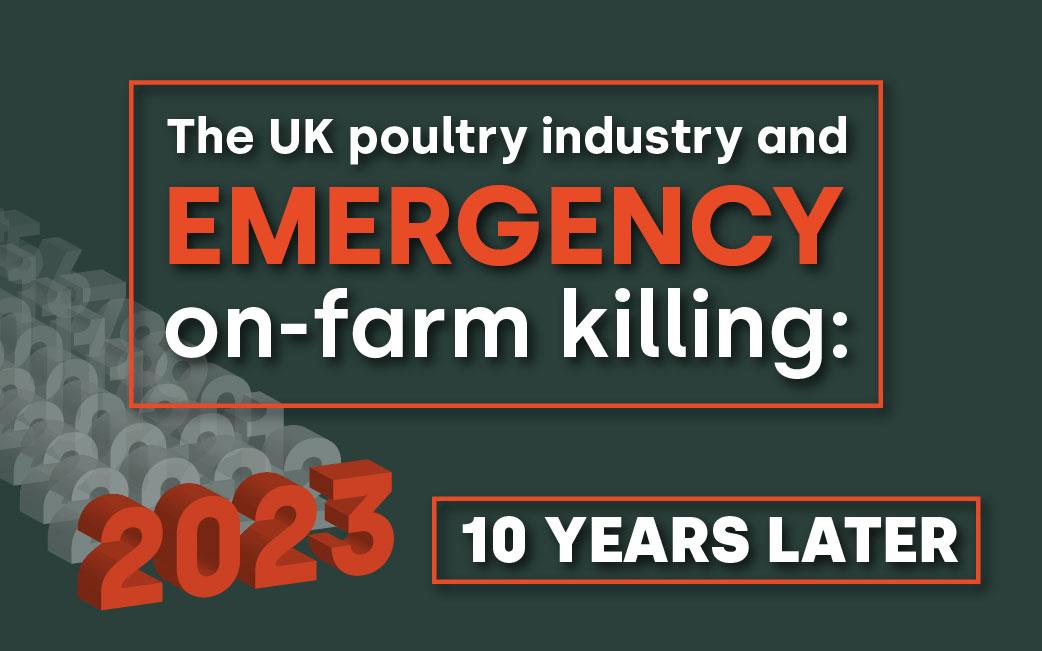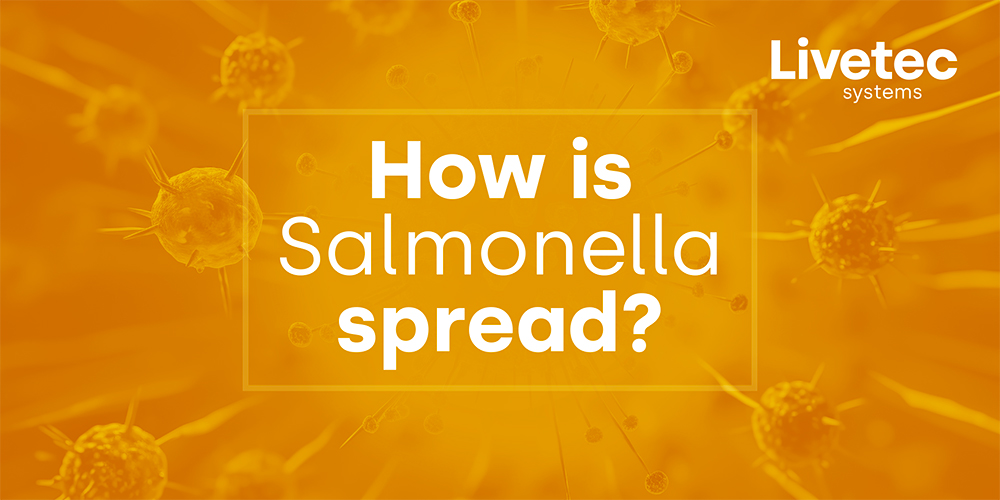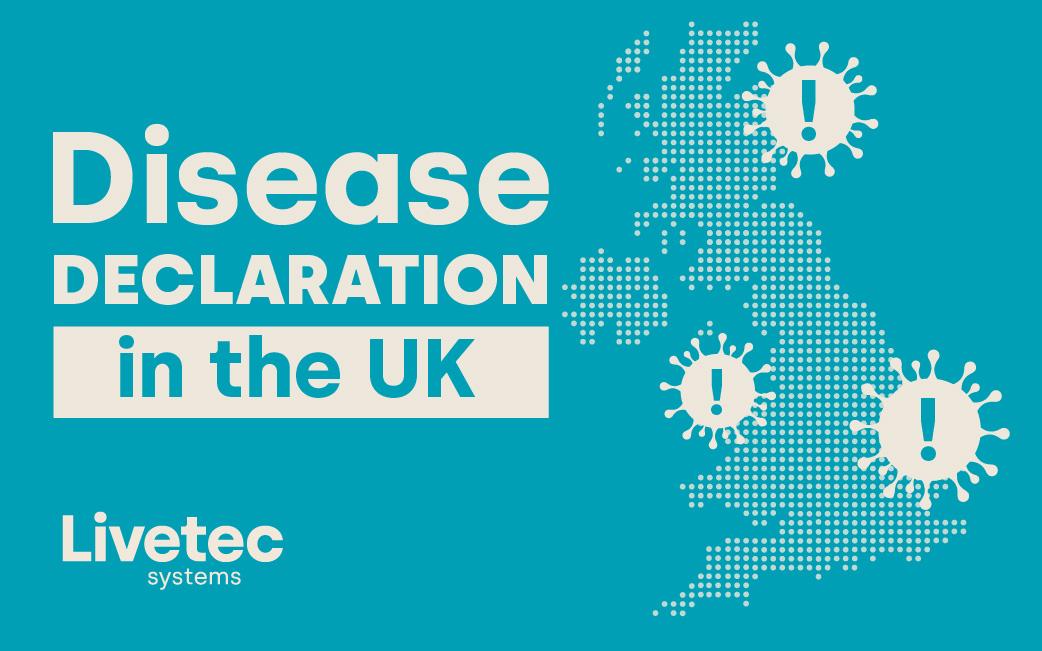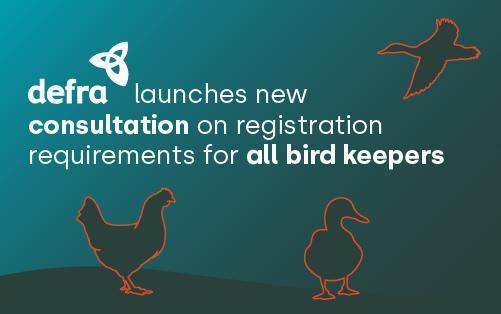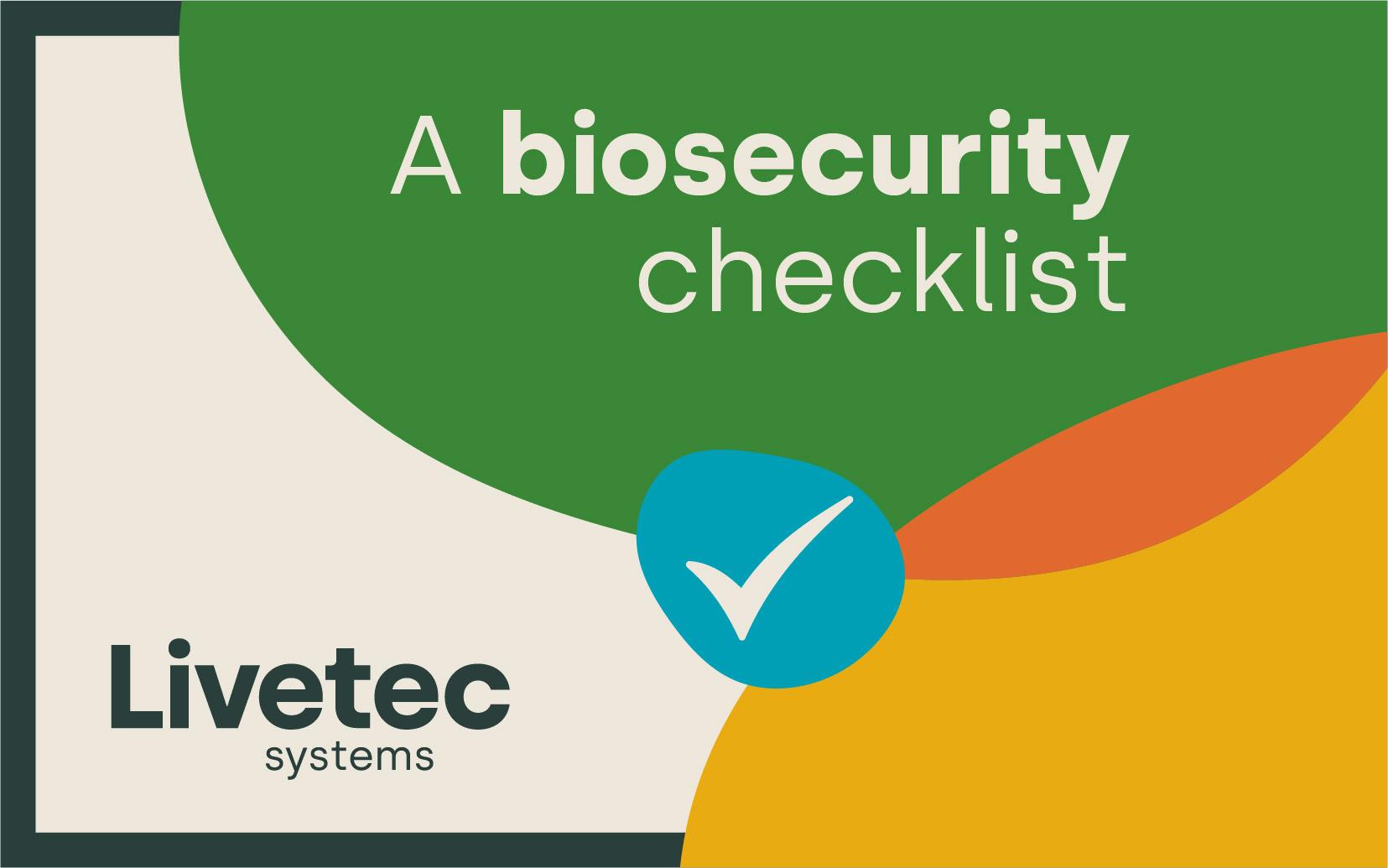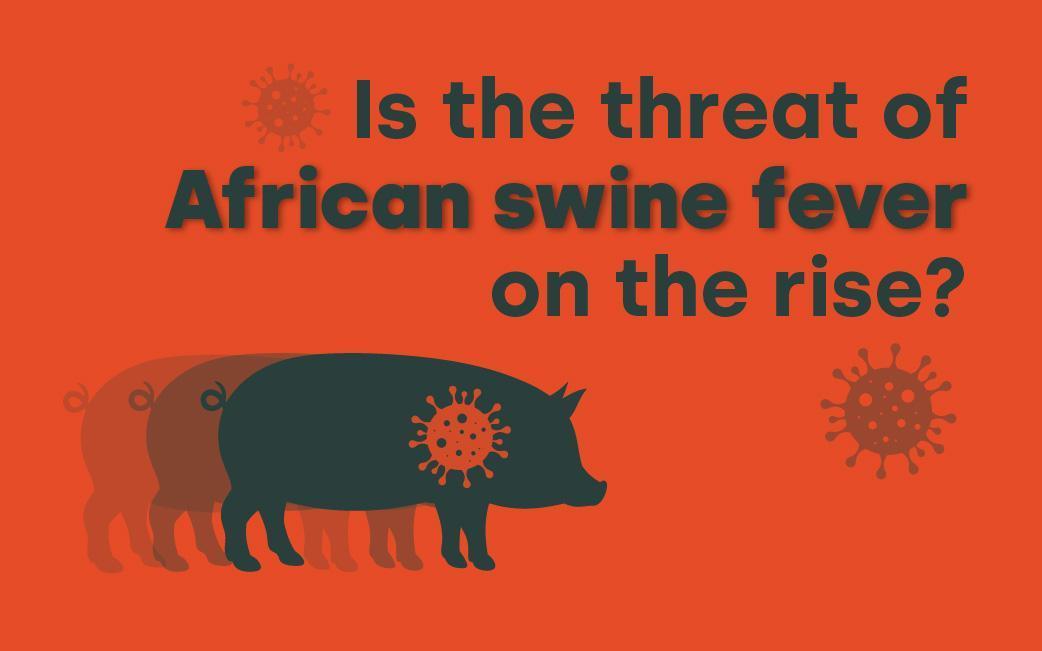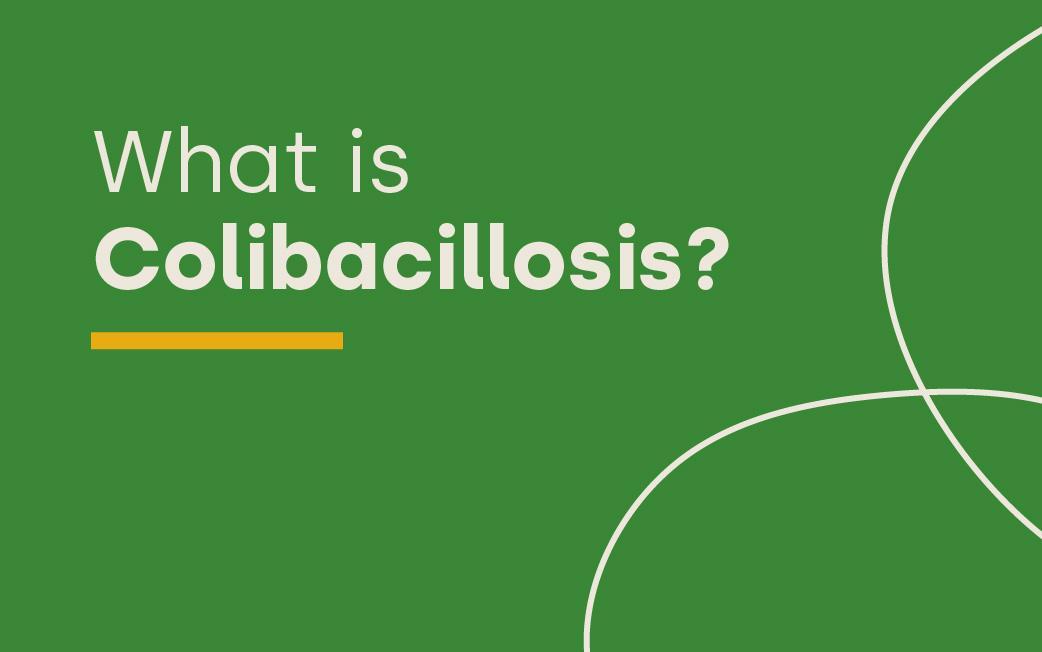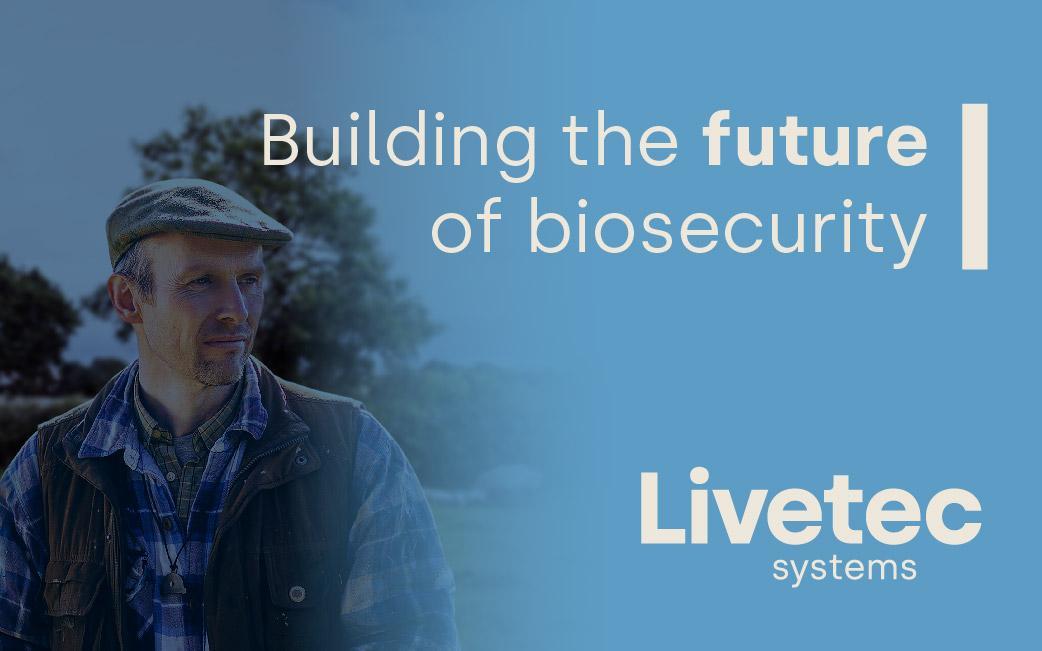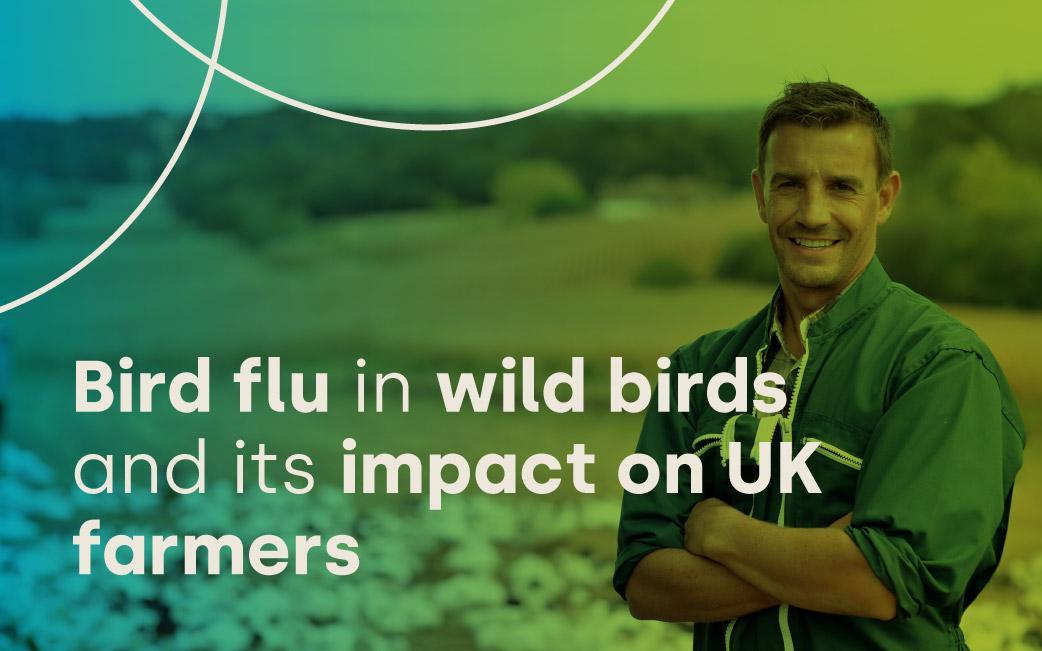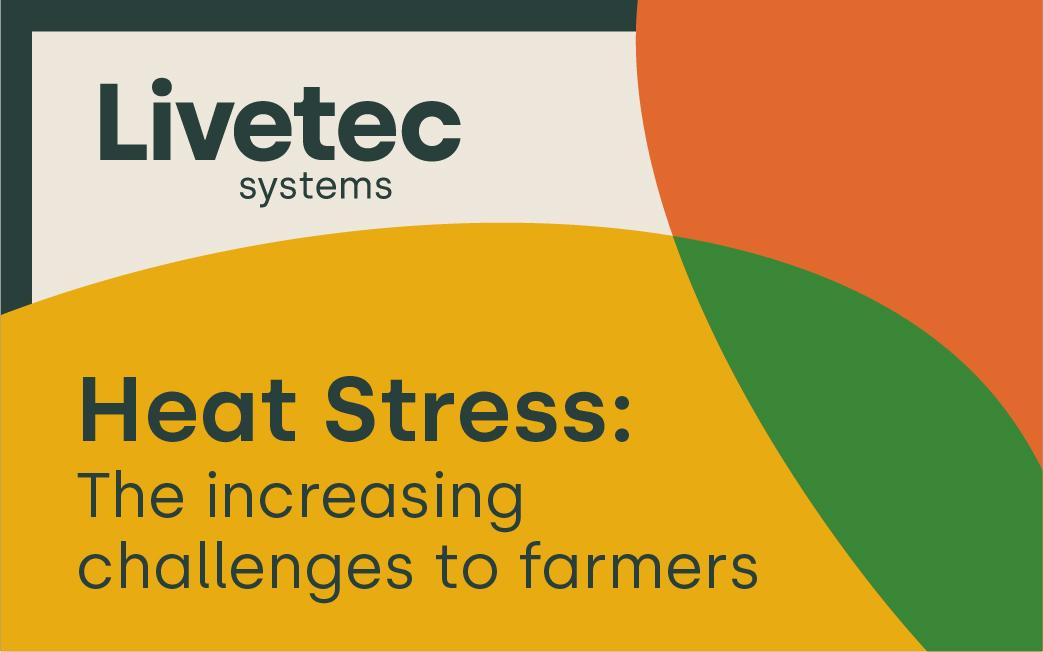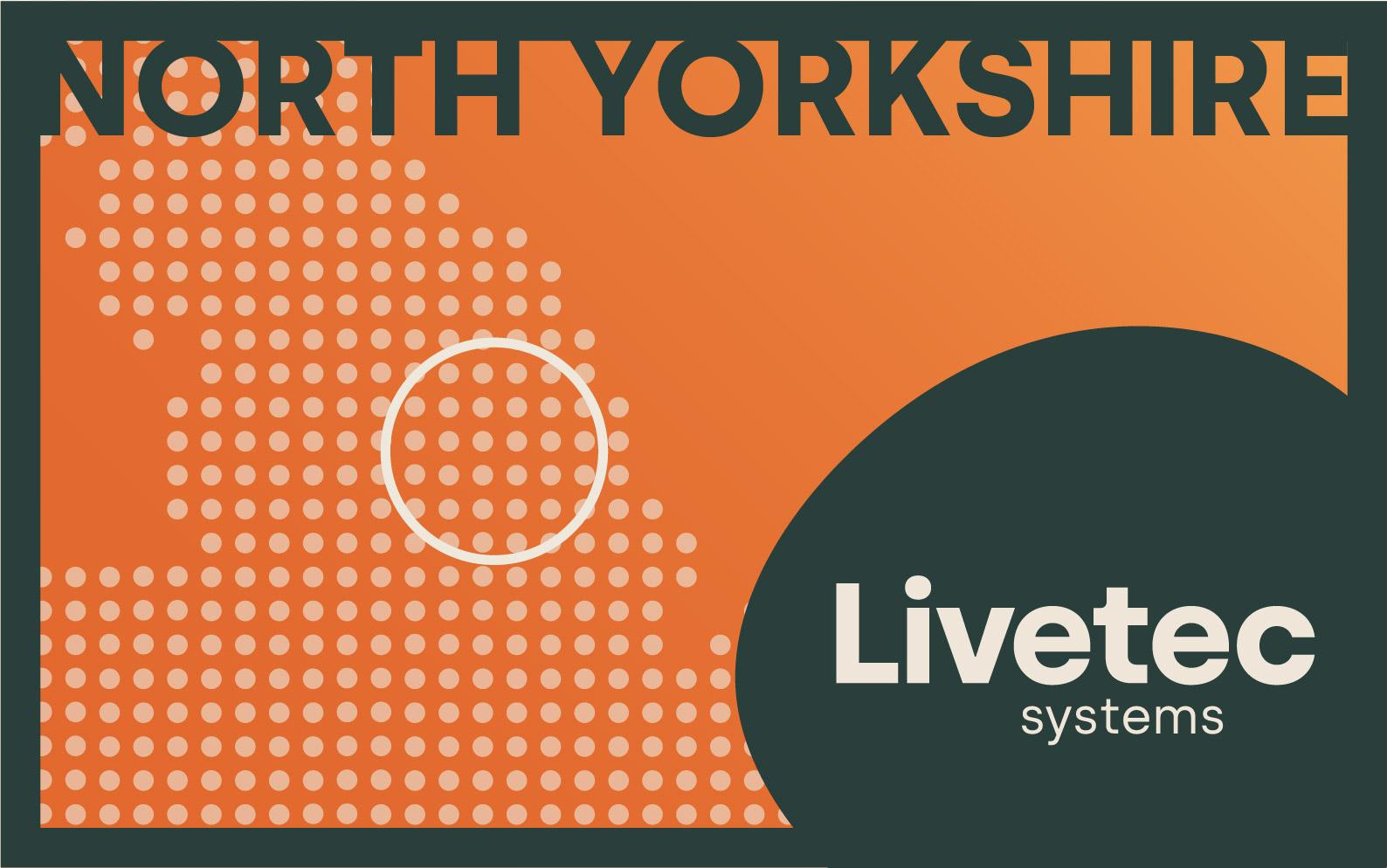Campylobacter is a bacteria that affects both humans and animals. It is most commonly found in poultry, but can also be found in other meats, dairy products, and water. In humans, Campylobacter can cause a food-borne illness called Campylobacteriosis and is a zoonosis disease meaning it is transmitted to humans from animals or animal products.
Chickens typically show no symptoms of Campylobacter infection, but can still shed the bacteria in their faeces which can contaminate food as well as water sources, and whilst it is not fatal for poultry, it can cause significant economic losses as once the infection has been confirmed in birds, they must be culled and disposed of.
While Campylobacter is mainly a concern for animal health, as it can also cause disease in other animals such as cattle, pigs, dogs and cats, it is important to remember that it can also affect humans. Anyone handling raw poultry or meat, as well as those working with animals, should take precautions to avoid any type of Campylobacter infection.
What are the symptoms of Campylobacteriosis in humans?
Symptoms of Campylobacteriosis in humans include diarrhoea, abdominal pain, fever and nausea. It can take between 3 to 5 days after infection before the symptoms develop and, the infection itself typically lasts between 3 to 6 days. Campylobacter makes up 25% of key global causes of diarrhoeal diseases and is considered to be the most common bacterial causes of human gastroenteritis in the world.
The best way to prevent Campylobacter infection in humans is to cook poultry thoroughly, to an internal temperature of 165 degrees Fahrenheit. You can also avoid Campylobacter by not drinking unpasteurised milk.
How to protect your poultry from Campylobacter:
There are several ways to protect your farm from Campylobacter infection through excellent biosecurity measures. Some of these measures include:
- Effective sanitation of drinking water
- Sourcing of water from high quality supplies
- Avoidance of contact with pets and other farm animals
- Keeping sick animals separated from healthy animals
- Cleaning and disinfecting all equipment and surfaces
- Ensuring hands are washed vigorously before and after coming into contacts with animals
- Avoiding contamination of feed or water supplies
- Protecting sheds from the incursion by not allowing insects, rodents and wild birds entry to your birds
Research has shown that many of these infections started during the thinning out partial depopulation processes, and unfortunately, once a shed is infected it can be very difficult to stop it spreading to other sheds due to environmental contamination.
The development of vaccines, phage treatments and advances in technology at processing plants to reduce carcass contamination are ongoing in the search for solutions to this costly and unpleasant bacteria.
Protect the health of yourself and livestock with Livetec Systems
As Campylobacter affects humans, poultry farmers should be vigilant and have excellent biosecurity protocols in place to ensure that the welfare of the animals, themselves and the consumer are protected.
At Livetec, we understand the importance of animal welfare and biosecurity. That’s why we offer a comprehensive range of solutions to help you keep your animals healthy and your farm free of pathogens.
Our unique suite of biosecurity services are designed to enhance livestock protection and disease prevention and our biosecurity advisory service uses specialist technical and scientific knowledge to give farm businesses the insights they need to protect the welfare and health of their animals from disease incursion and unexpected illness.
To find out how you can protect your farm contact the Livetec team here.













